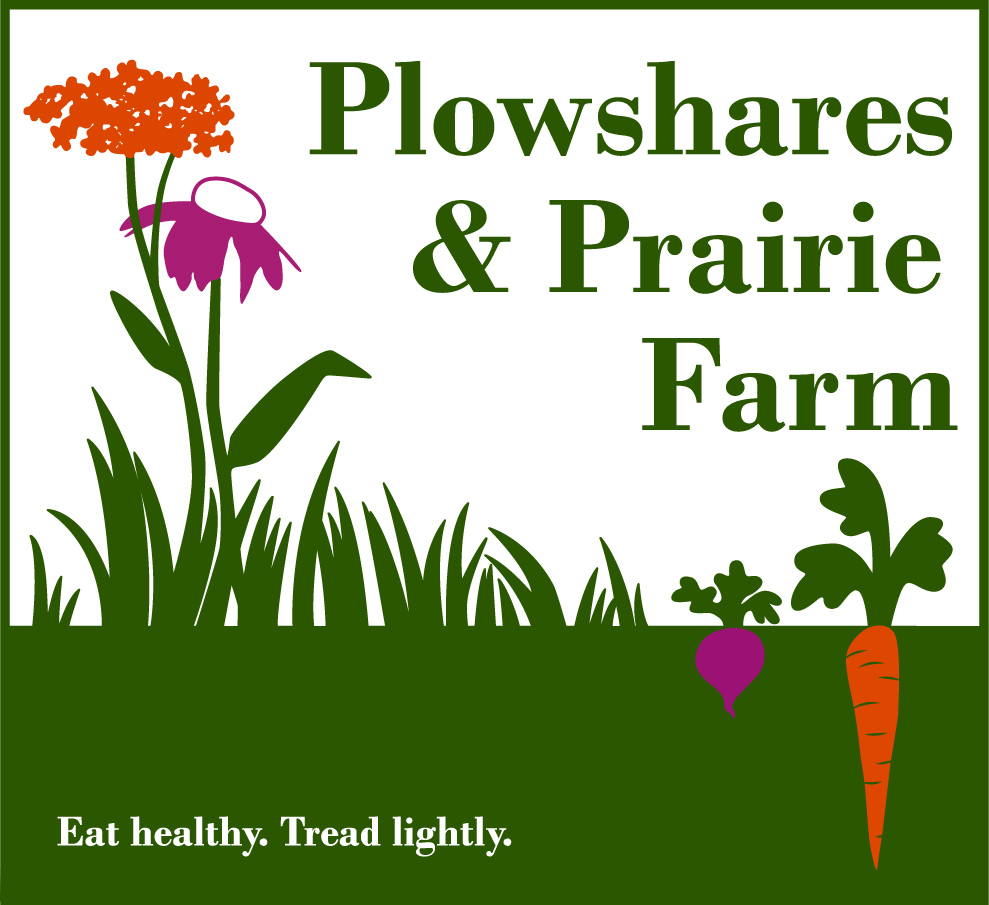Land Management
History
Before European settlement, Southwest Wisconsin was a mixture of prairie, oak savanna, oak forest, and wetlands. Fire was a major influence on the plant and animal communities. This ecosystem gave us the beautiful, deep topsoil that makes our farm and many others in the area so productive. As the area was settled and agriculture expanded, farm fields replaced prairies and wetlands and more forest grew up without fire to set the trees back. Plant species from Europe and elsewhere were introduced and changed the landscape further, giving us the mixture of forest, grassland, farmland, and wetlands we have today.
Prairie Remnant
While much of our farm has been either cultivated or grazed for nearly 150 years, one small, steeper hillside has never been plowed and only periodically grazed. That has left us with a beautiful and unique remnant prairie, which hosts many native species that are much less common now. One important focus of our farm is maintaining and improving this prairie remnant and the other land on our farm that is not actively cultivated.
Conservation Benefits
We think of our farm as one big ecological system. While we may not be actively farming other parts of the property, they contribute considerably to our food production. Our wetland filters any runoff from our fields, capturing soil and nutrients that would otherwise make their way into our trout stream. We harvest grass and other biomass for compost, taking a small amount of nutrients from a large area to keep our cultivated land productive. Our animals feed on grasses, shrubs, and insects wherever they graze, and some of their waste is composted before it too is returned to our farm fields to help fertilize our crops. The bees that visit our prairie flowers help pollinate our fruits and vegetables, and provide us with delicious honey.
Our goal is to use the resources throughout our farm to create the absolute best growing conditions possible for our produce. However, using those resources is done with an eye towards the benefits that uncultivated land provides for native plants and wildlife as well as our produce. While our forests, wetlands, and prairies occasionally provide habitat for deer, turkeys, and rabbits that might love to eat our crops, we believe the benefits these ecosystems provide far outweigh any harm that an occasional hungry herbivore inflicts. We also believe it is our responsibility to be good stewards of the land, and if it is healthy, our produce will be healthy.
